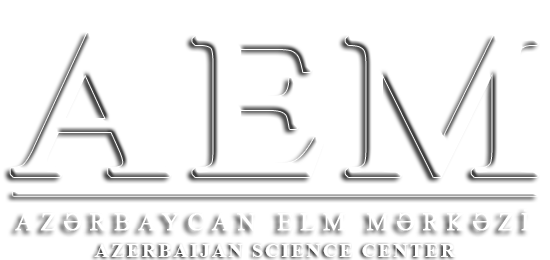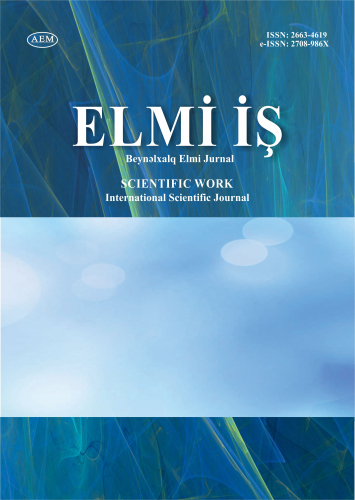https://doi.org/10.36719/2663-4619/110/102-110
Sardar Gasimov
Azerbaijan State Oil and Industry University
Candidate of Physical and Mathematical Sciences
https://orcid.org/0009-0006-8425-7891
sardarkasumov1955@mail.ru
Goncha Sadigli
Azerbaijan State Oil and Industry University
master student
https://orcid.org/0009-0008-3440-8297
goncasadig@gmail.com
Multi-Carrier Data Transmission Methods in
Telecommunication Networks
Abstract
Multi-carrier data transmission methods are widely used in telecommunication networks to increase the efficiency and reliability of the data transmission process. These methods are designed to meet the requirements of high-speed data transmission and ensure optimal use of network resources. Multi-carrier transmission methods mainly work on the principle of dividing the signal over several carrier frequencies in the broadband spectrum. Such approaches allow the signal to be divided into different channels and transmitted in parallel. Among these technologies, methods such as OFDM (Orthogonal Frequency Division Multiplexing), CDMA (Code Division Multiple Access) and FDMA (Frequency Division Multiple Access) are widely used. Each method offers advantages in different network environments and types of services. These methods are used, in particular, in mobile networks, satellite communications and broadband Internet technologies. OFDM technology is distinguished by its high noise immunity and ability to increase data transmission speed.
Keywords: mobile networks, satellite communication, broadband internet, signal spectrum division, network efficiency, data transfer rate, frequency spectrum, network stability

